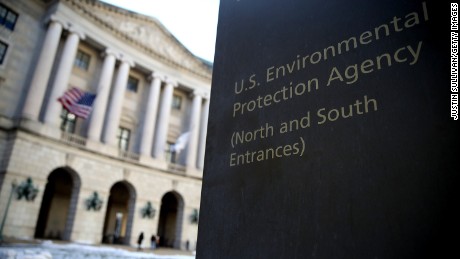
EPA Headquarters
Washington, DC
EPA Publishes Proposed Rule for Reclassification of Major Sources under CAA
On July 26, 2019, EPA published a proposed rule to amend the General Provisions to the National Emission Standards for Hazardous Air Pollutants (NESHAP). The Federal Register Notice states that "the proposed amendments implement the plain language reading of the 'major source' and 'area source' definitions of section 112 of the Clean Air Act (CAA) and provide that a major source can reclassify to area source status at any time by limiting its potential to emit (PTE) hazardous air pollutants (HAP) to below the major source thresholds of 10 tons per year (tpy) of any single HAP or 25 tpy of any combination of HAP. "
The proposed rule follows EPA's January 25, 2016 memorandum that established guidance to withdraw the agency's previous Once-In-Always-In (OIAI) policy thereby allowing major sources of hazardous air pollutants (HAP) to reclassify as area sources after acting to limit emissions to below major source thresholds.
The proposed rule follows an EPA's January 25, 2018 memorandum establishing guidance to withdraw the agency's previous Once-In-Always-In (OIAI) policy and allow major sources of hazardous air pollutants (HAP) to reclassify as area sources after acting to limit emissions to below major source thresholds. Previous EPA interpretation of Section 112 of the Clean Air Act (CAA) required facilities identified as major sources for HAPs on the "first compliance date" to comply permanently with the maximum achievable control technology (MACT) standard.
EPA is seeking comments on all aspects of the proposal including the agency's interpretation of the statutory definitions in the CAA and whether safeguards may be appropriate to protect against emissions increases. The public comments must be received before September 24, 2019.
Important Links
July 26, 2019 Federal Register Notice of Proposed Rule
EPA News Release (6/25/219) - Reducing Regulatory Burdens: EPA’s Proposal Levels the Playing Field for Sources That Reduce Hazardous Air Emissions
January 25, 2018 EPA Memorandum (withdrawing OIAI Policy)
May 16, 1995 Once-In-Always-In Policy Memorandum (now withdrawn)



